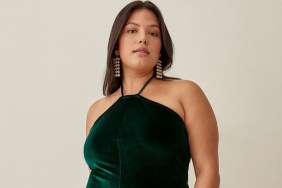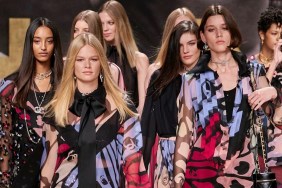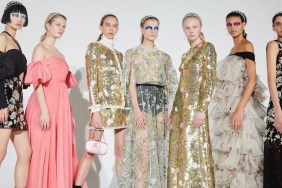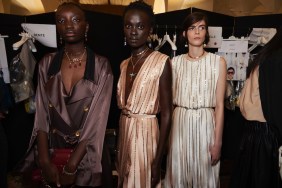We’ve said it before and we’ll say it again — it’s time for the fashion industry to restructure and diversify. If social and cultural cues aren’t a strong enough impetus for change, perhaps this will catch retailers’ attention: A recent study by the NPD Group shows that while annual U.S. apparel sales increased by a mere 7 percent between 2013 and 2016, within the (egregiously underrepresented) plus-size category, profits rose by a whopping 17 percent. In 2016, the plus-size apparel industry made around $20.4 billion.
Color us unsurprised. Full-figured women have been marginalized by the industry for years and, clearly, not for lack of interest. Take this anecdote: On Monday, Christian Siriano hosted a runway show of his designs (at the United Nations, no less) for plus-size powerhouse Lane Bryant. The collection launched in stores a week prior. Today, most of the pieces have completely sold out. Women sizes 14 and up are all about the “see now, buy now” movement and if fast fashion brands were to capitalize on this market, we can only image the kind of statistics NPD would be reporting.The popularity of Siriano’s pieces supports the sentiments of fellow Project Runway fashion designer Ashley Nell Tipton, who recently collaborated with J.C. Penney on her own plus-size line. Tipton feels that her audience’s needs should be kept “in mind from the beginning, rather than just taking existing clothing lines and distorting them to fit a bigger size.”
That’s not to say mainstream retailers completely ignore plus-size fashion. They often release — with great flourish — plus-size collections in partnership with big name designers, only to curtail or nix the line later. Twenty-one of the 25 most profitable clothing retailers offer plus-size options — but most selections are limited and dull, designed to cover women up instead of celebrating their curves. As a result, plus-size shoppers frequent e-commerce sites at higher rates than other demographics.
Yes, plus-size fashion design involves students learning how to dress a great many variations in shape. It requires more fabric and, in turn, more money to produce plus-size clothing than garments size 12 and under. That said, the average American woman now falls between a 14 and a 16, according to experts at Washington State University — and based on the NPD’s research, she’s got money to spend.
Retailers need to stop discriminating or simply overlooking these fashionable, full-figured ladies and go where the cash is. It’s a no-brainer.
[ via Bloomberg ]








